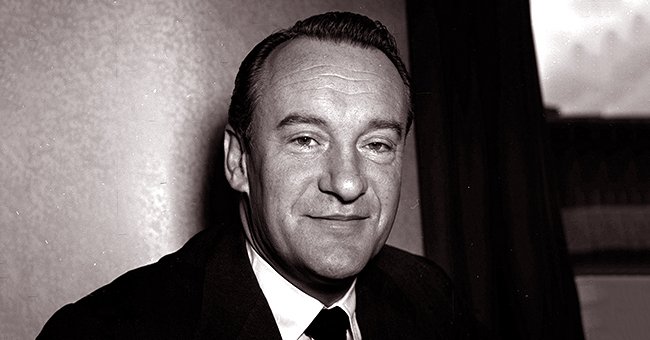
George Sanders Was a Self Professed Woman Hater — He Took His Own Life Because He Was 'Bored'
Late Actor George Sanders was known for his roles in such movies as "All About Eve" and "Samson and Delilah." He also had a reputation for being a self-professed woman-hater.
Born in St. Petersburg, Russia, to British parents, George Sanders began his career in show business as a chorus boy in London. In 1936, he made his film acting debut in "Find the Lady," playing the role of Curly Randall.
His exceptional acting as Theater Critic Addison De Witt in the 1950 film "All About Eve" earned him the Best Supporting Actor award that year. Sanders mostly played villain roles.
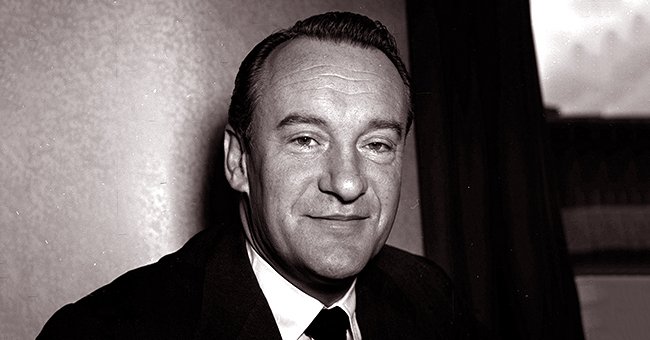
A portrait of George Sanders at the Savoy taken in 1951. | Photo: Getty Images
AN HONEST ADMISSION
In real life, Sanders admitted to not being an agreeable person. The "Village of the Damned" actor admitted to being rude to people. He was quoted as saying:
"I am not a sweet person. I am a disagreeable person. I am a hateful person."
His crankiness aside, Sanders was a highly revered actor. Sanders was inducted into the Hollywood Walk of Fame with two stars. One star was for the TV category and the other for motion pictures.
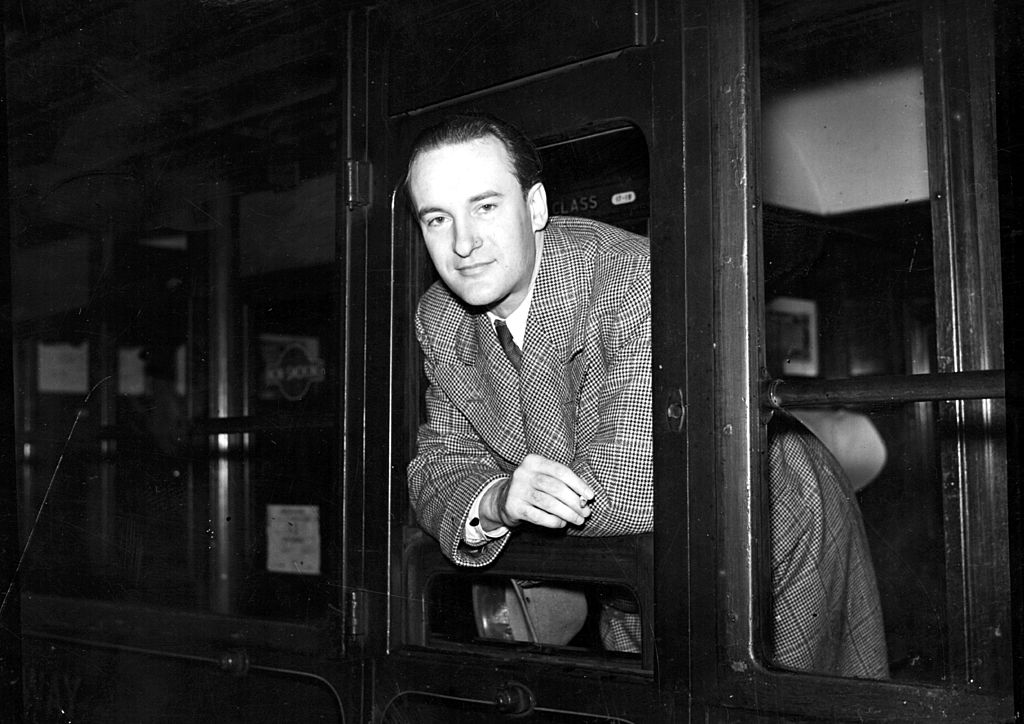
George Sanders at Waterloo station in London on his way to catch the Queen Mary to New York on November 12, 1938. | Photo: Getty Images
ASTAR WITH MANY WIVES
One star was located on 1636 Vine Street and the other on 7007 Hollywood Blvd. And like his stars on the Hollywood Walk of Fame, Sanders had more than one wife.
The movie icon hated the idea of actresses earning more than their husbands.
The "Rage in Heaven" actor was married four times. Among his ex-wives were the famed Hungarian-American Actress Zsa Zsa Gabor and her older sister Magda. They were also notable socialites.
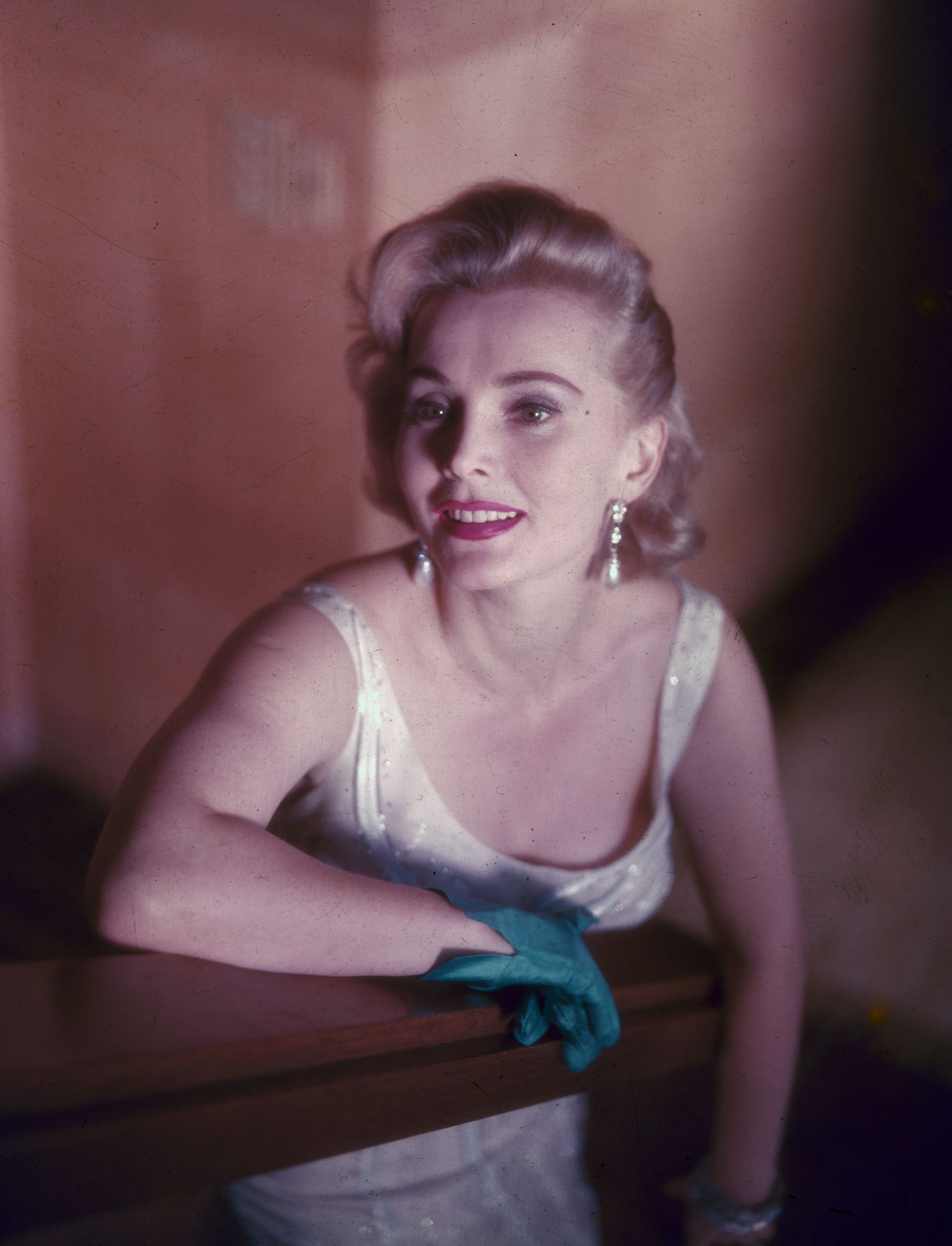
A portrait of Zsa Zsa Gabor taken in 1953. | Photo: Getty Images
Sanders and Gabor exchanged wedding vows on April 2, 1949. The actress called Sanders the "great love of her life." However, frequent arguments marred their marriage.
Eventually, the couple's growing fame tore them apart. Gabor allegedly had a long affair with Porfirio Rubirosa, a diplomat from the Dominican Republic.
The "Moulin Rouge" actress once suffered a black eye after Rubirosa allegedly hit her for refusing to marry him. In 1953, after four years of marriage, Sanders filed for divorce from Gabor, who was his second wife.
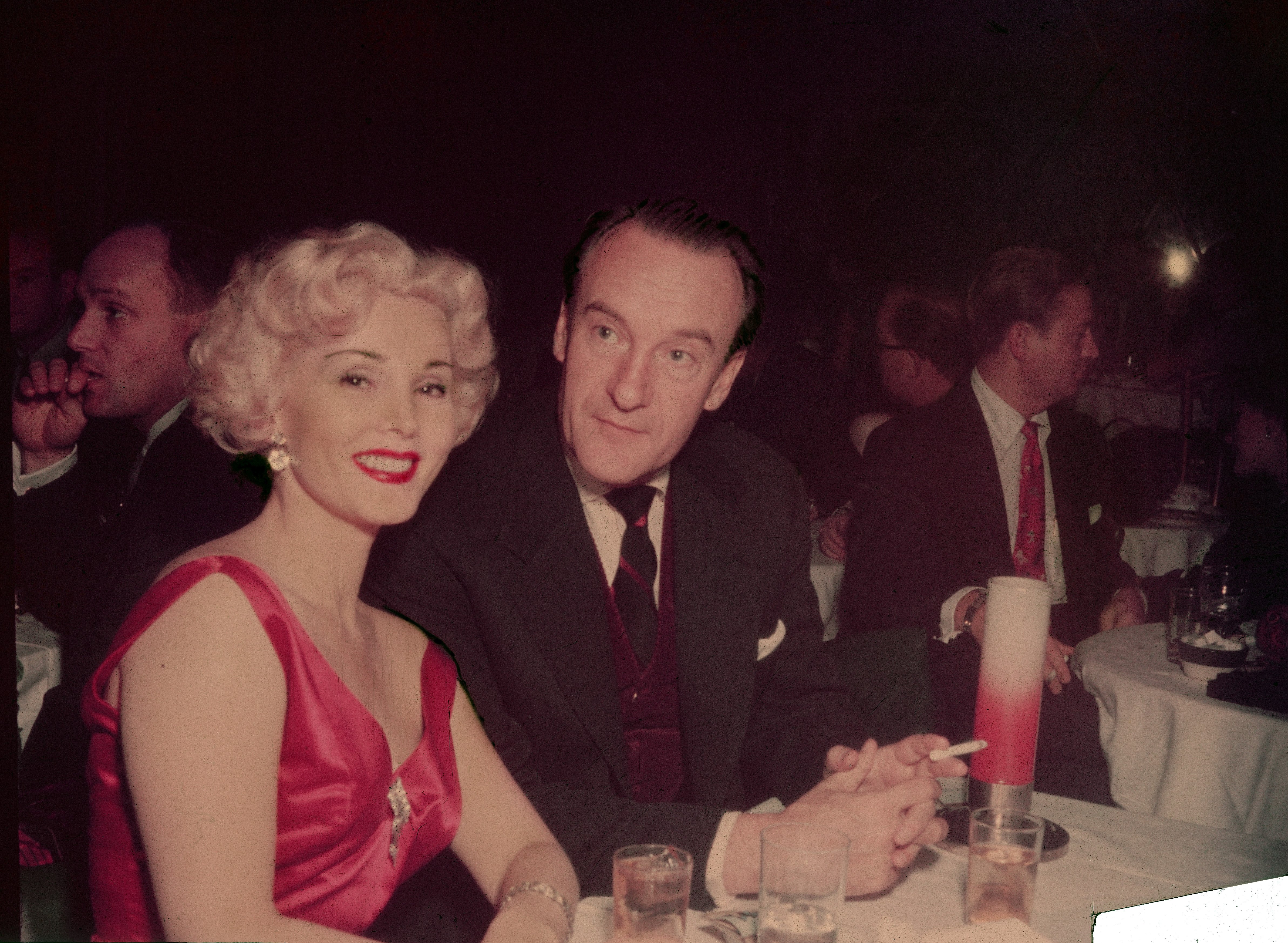
Zsa Zsa Gabor smiles for the camera while sitting at a table with her husband, George Sanders in 1950. | Photo: Getty Images
Before Gabor, Sanders was married to Susan Larson. About five years after his divorce from Gabor, he tied the knot with Actress Benita Hume in February 1959.
Sanders and Hume were together until her death on November 1, 1967. By 1970, he married his second wife's sister Magda, only to divorce the following year.
The multiple marriages Sanders had did not produce any children. The marriages also did not stop the self-professed hateful person from making insulting remarks about women.
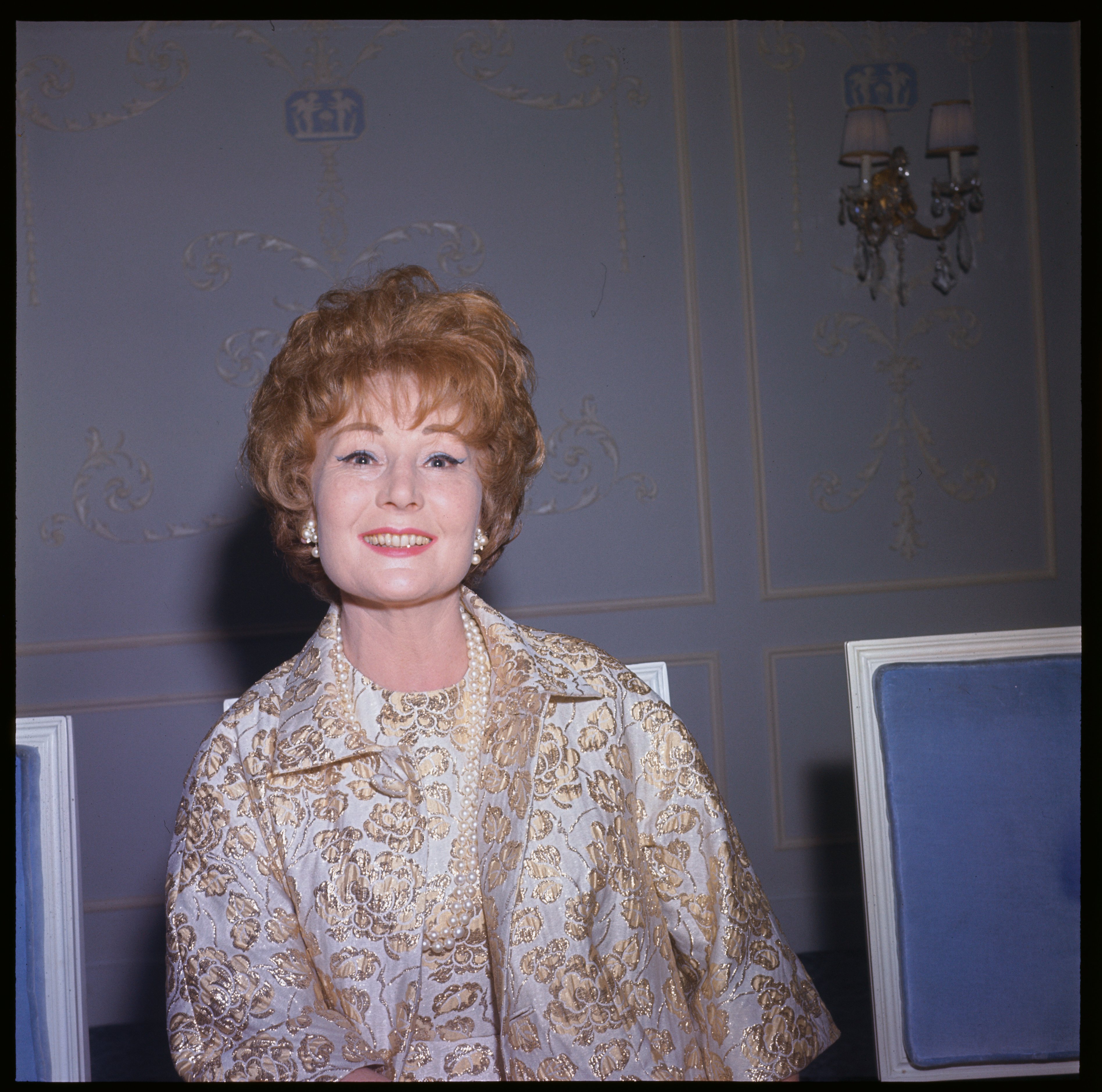
Magda Gabor attends a reception at the Voisin Restaurant, New York City on June 10, 1963. | Photo: Getty Images
SANDERS' HATE FOR WOMEN
Sanders was quoted joking that "a woman is never worth what she costs, even if she costs nothing." He went as far as advocating for a 25-percent tax for actresses.
The movie icon hated the idea of actresses earning more than their husbands. After her divorce from the actor, Gabor later affirmed his disagreeable behavior, saying he was not "a gentleman."
Despite his successful Hollywood career — he appeared in 123 films and won an Oscar — Sanders struggled with mental health issues, which led to him seeing seven psychiatrists.
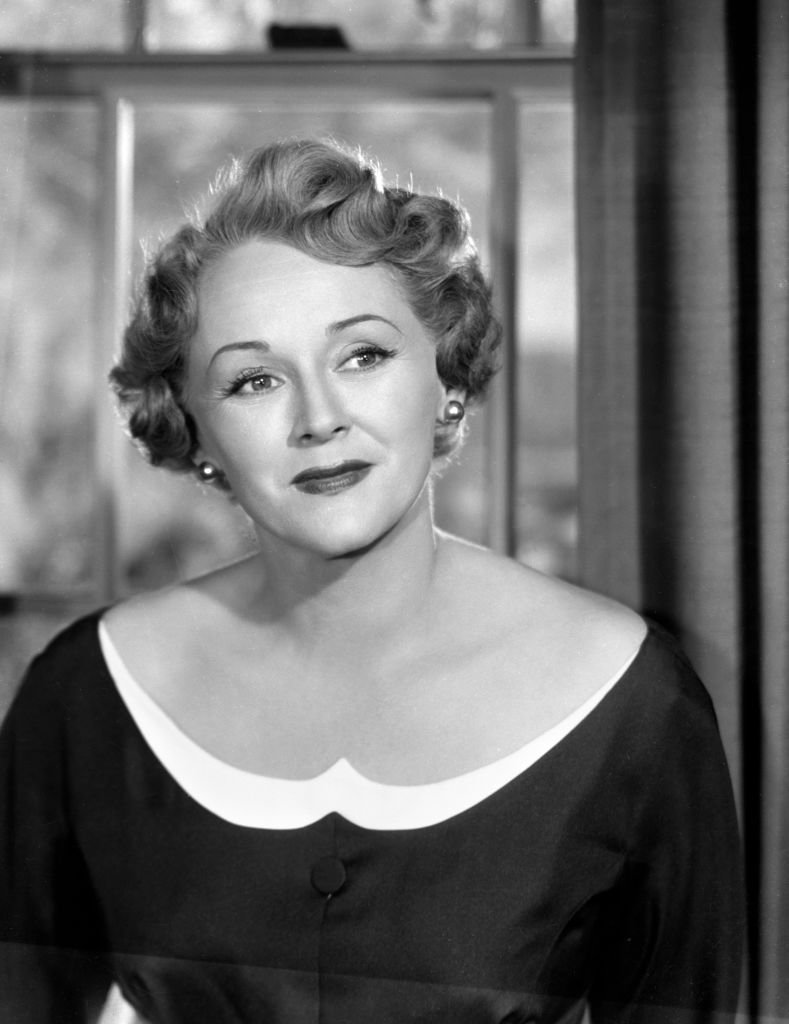
Benita Hume pictured as Victoria Hall for the CBS show "The Halls of Ivy" on October 1, 1954 in Los Angeles, California. | Photo: Getty Images
BATTLING HIS TRAGEDIES
Sanders suffered from personal tragedies in 1967. He lost his mother, his wife Hume, and his brother Tom Conway. He also developed a drinking problem and dealt with health issues.
On top of his longstanding problems, the award-winning actor began showing signs of dementia. Sanders showed early symptoms when he was frustrated over being unable to play the piano that he eventually destroyed with an ax.
"The Jungle Book" actor was later diagnosed with dementia after falling while filming a show. Besides dementia, Sanders also suffered a minor stroke.
SANDER'S TRAGIC END
The "Mission Impossible" actor checked into a seaside hotel in Castelldefels, Spain, with his life spiraling out of control. While there, he ended his life by overdosing on sleeping pills.
Sanders, who died on April 25, 1972, at the age of 65, left two suicides notes — one in English and another in Spanish. In the Spanish note, he asked that his sister in London be informed of his death.
The English note read: "Dear World: I am leaving because I am bored. I feel I have lived long enough. I am leaving you with your worries in this sweet cesspool—good luck."
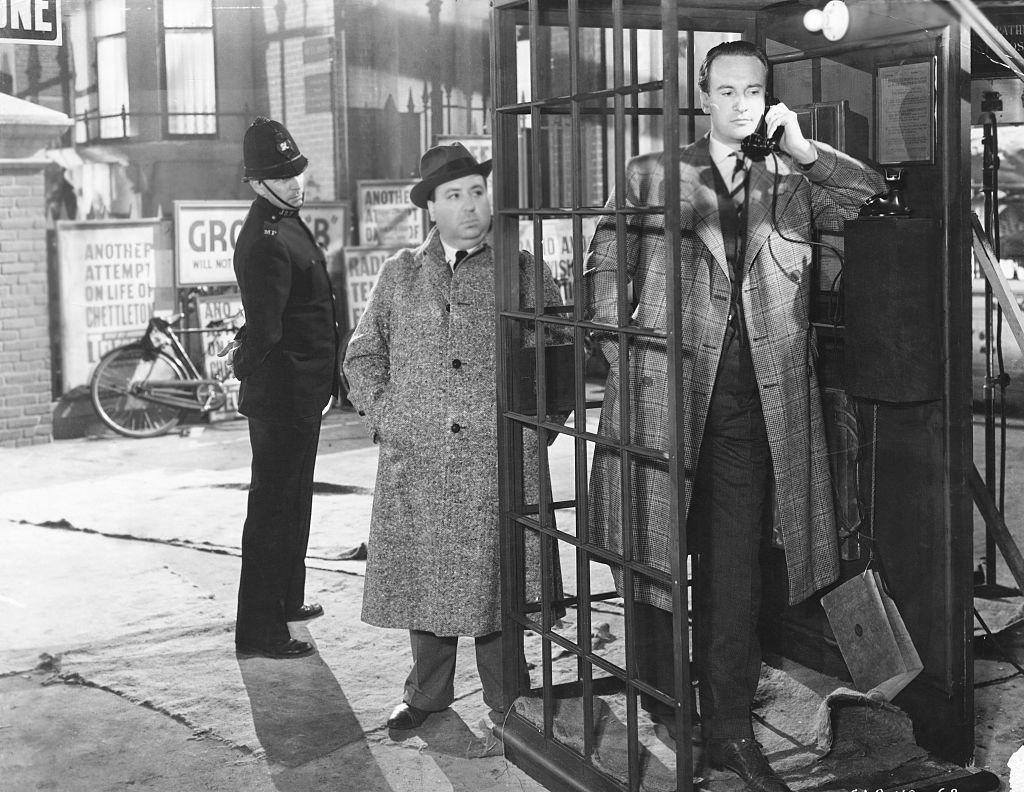
George Sanders inside a phone booth with film director Alfred Hitchcock on the side for the film "Rebecca" in January 1940. | Photo: Getty Images
Along with the suicide notes, police officers found five empty tubes of Nembutal in Sander's room at Rey Don Jaime hotel along the Spanish coast. Nembutal is a barbiturate that acts as a depressant or sedative.
Sanders' remains were cremated after authorities discovered his dead body. The veteran actor's ashes were scattered at the English Channel.
Before his untimely death, Sanders drowned himself to alcohol for several months. His last film was of the horror genre, released in 1973 titled "Psychomania," also known as "The Death Wheelers."
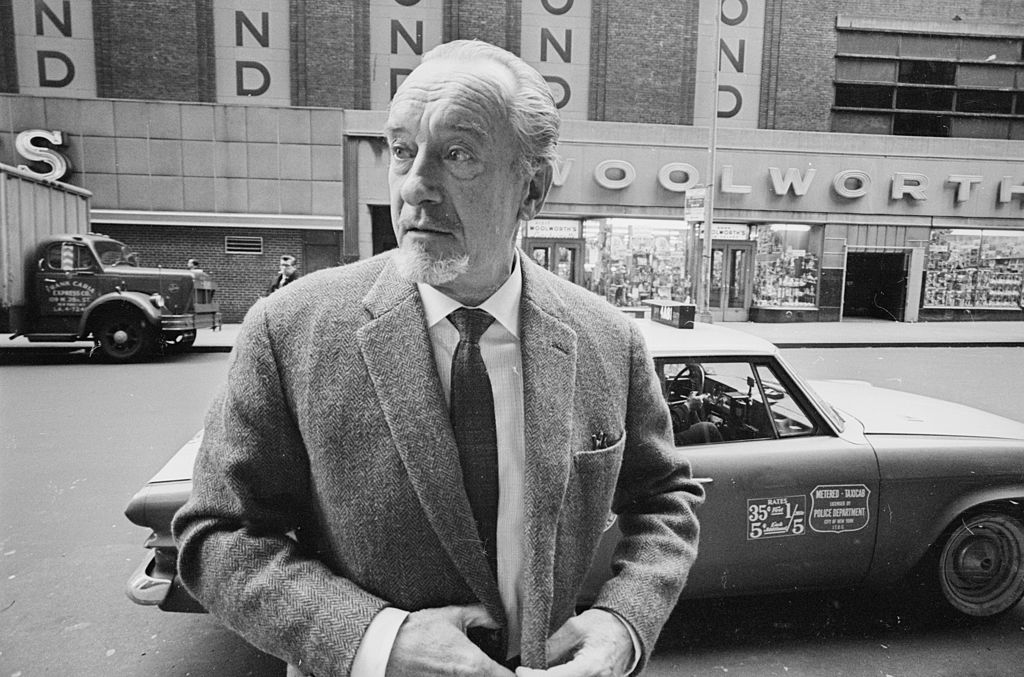
George Sanders arrives in America on November 29, 1966. | Photo: Getty Images
CAREER AND OTHER ACCOMPLISHMENTS
Before his last film, he was renowned for his other TV shows such as "The George Sanders Mystery Theater" in 1957, "Daniel Boone" from 1964 to 1970, and "The Man From U. NCLE" from 1964 to 1968.
Besides his extensive career in movies and TV, Sanders also published a few books. Although his name was printed in his books, they were actually written by two female ghostwriters.
The multi-hyphenate actor and his two women ghostwriters published two mystery novels, "Crime on my Hands" in 1944 and "Stranger at Home" in 1946.
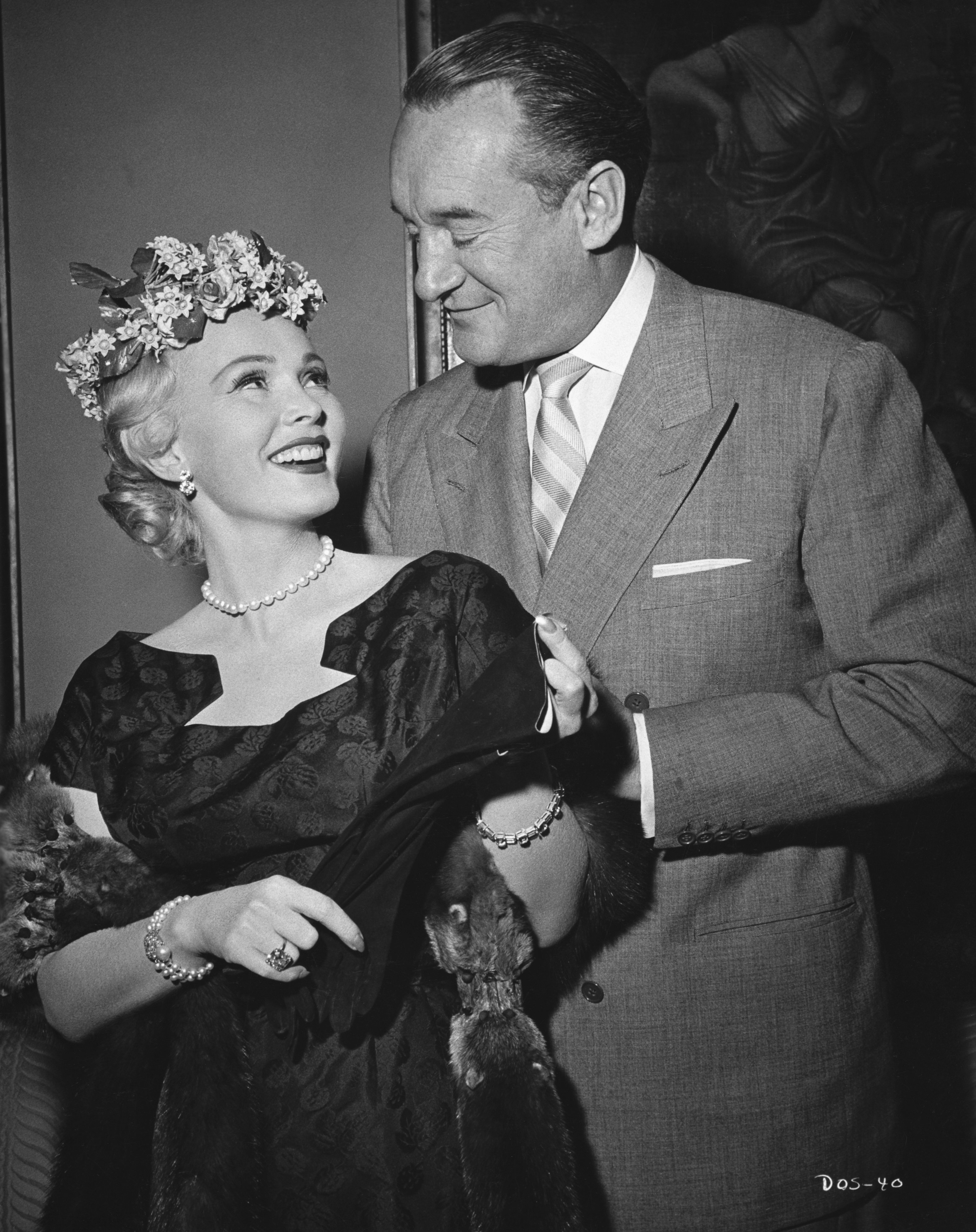
Zsa Zsa Gabor smiles at George Sanders in January 1954. | Photo: Getty Images
In addition to his exciting mystery novels, Sanders released his autobiography, "Memoirs of a Professional Cad" in 1960. The memoir includes the accounts of his marriage with Gabor and his extensive acting career.
Sanders, known for his smooth and baritone voice, was also a gifted singer. He was best known for showing his singing prowess in his 1958 album "The George Sanders Touch: Songs for the Lovely Lady."
If you or someone you know is considering suicide, please contact the National Suicide Prevention Lifeline at 1-800-273-TALK (8255), text "help" to the Crisis Text Line at 741-741, or go to suicidepreventionlifeline.org.
news.AmoMama.com does not support or promote any kind of violence, self-harm, or abusive behavior. We raise awareness about these issues to help potential victims seek professional counseling and prevent anyone from getting hurt. news.AmoMama.com speaks out against the above mentioned and news.AmoMama.com advocates for a healthy discussion about the instances of violence, abuse, sexual misconduct, animal cruelty, abuse etc. that benefits the victims. We also encourage everyone to report any crime incident they witness as soon as possible.
